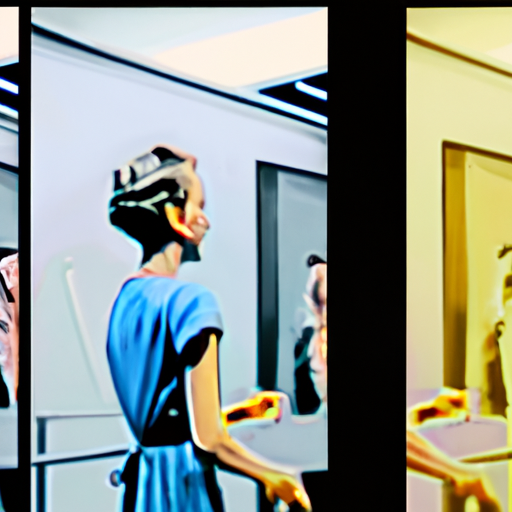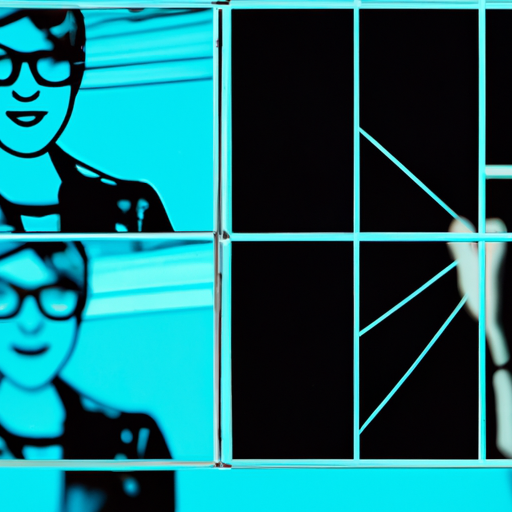
-
Table of Contents
Storyboarding Techniques for Graphic Design Projects

Storyboarding is a crucial step in the graphic design process that allows designers to visualize and plan their projects effectively. By creating a visual narrative of the design, designers can communicate their ideas, test different concepts, and ensure a smooth workflow. In this article, we will explore various storyboard techniques that can enhance the efficiency and creativity of graphic design projects.
The Importance of Storyboarding in Graphic Design
Storyboarding serves as a blueprint for graphic design projects, helping designers to:
- Organize their thoughts and ideas
- Visualize the design concept
- Identify potential design flaws
- Collaborate with clients and team members
- Save time and resources
By investing time in storyboarding, designers can streamline the design process, reduce revisions, and deliver high-quality designs that meet the client’s expectations.
Storyboarding Techniques for Graphic Design Projects
1. Traditional Linear Storyboarding: This technique involves creating a linear sequence of sketches or illustrations that represent the flow of the design. It is ideal for projects with a clear narrative or sequential structure, such as website designs or animations. Designers can use paper and pencil or digital tools to create their storyboards.
2. Non-Linear Storyboarding: Non-linear storyboarding allows designers to explore multiple design concepts or variations simultaneously. Instead of a linear sequence, designers can create separate panels or sections for different design ideas. This technique is useful when working on projects that require multiple design options, such as branding or packaging designs.
3. Collage Storyboarding: Collage storyboarding involves combining different visual elements, such as photographs, illustrations, textures, and typography, to create a visual representation of the design concept. This technique allows designers to experiment with different visual styles and create a unique and engaging design.
4. Interactive Storyboarding: With the rise of interactive and user-centered design, interactive storyboarding has become an essential technique. Designers can create interactive prototypes or wireframes using tools like Adobe XD or InVision to simulate user interactions and test the usability of the design.
5. Storyboarding with Typography: Typography plays a crucial role in graphic design, and incorporating it into storyboarding can help designers explore different typographic treatments and hierarchy. Designers can experiment with different fonts, sizes, and layouts to create visually appealing and readable designs.
Case Studies: Successful Storyboarding Techniques
Let’s explore two case studies that demonstrate the effectiveness of storyboarding techniques in graphic design projects:
Case Study 1: Website Redesign
A web design agency was tasked with redesigning a client’s outdated website. The agency used traditional linear storyboarding to plan the new website’s structure and user flow. By sketching out the different pages and interactions, they were able to identify potential usability issues and make necessary adjustments before starting the actual design process. This saved time and ensured a smooth development phase.
Case Study 2: Packaging Design
A graphic designer was hired to create packaging designs for a new line of organic skincare products. The designer used collage storyboarding to experiment with different visual styles, color palettes, and typography. By creating collages of various elements, such as natural textures, botanical illustrations, and elegant typography, the designer was able to present multiple design options to the client. This allowed for effective collaboration and resulted in a final design that aligned with the client’s vision.
Conclusion
Storyboarding is an essential technique in graphic design that helps designers visualize and plan their projects effectively. By using different storyboarding techniques, such as traditional linear storyboarding, non-linear storyboarding, collage storyboarding, interactive storyboarding, and storyboarding with typography, designers can streamline their workflow, communicate their ideas, and create high-quality designs. Incorporating storyboarding into the design process can lead to improved client collaboration, reduced revisions, and ultimately, successful graphic design projects.
